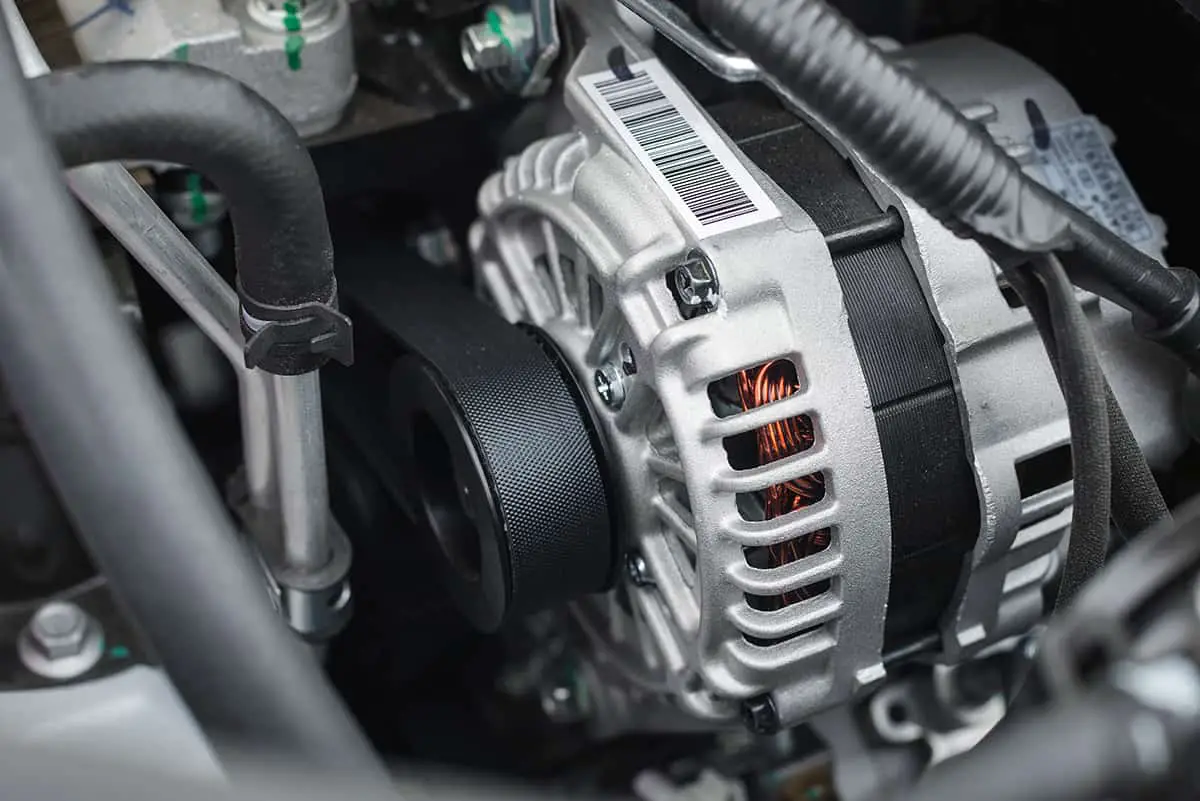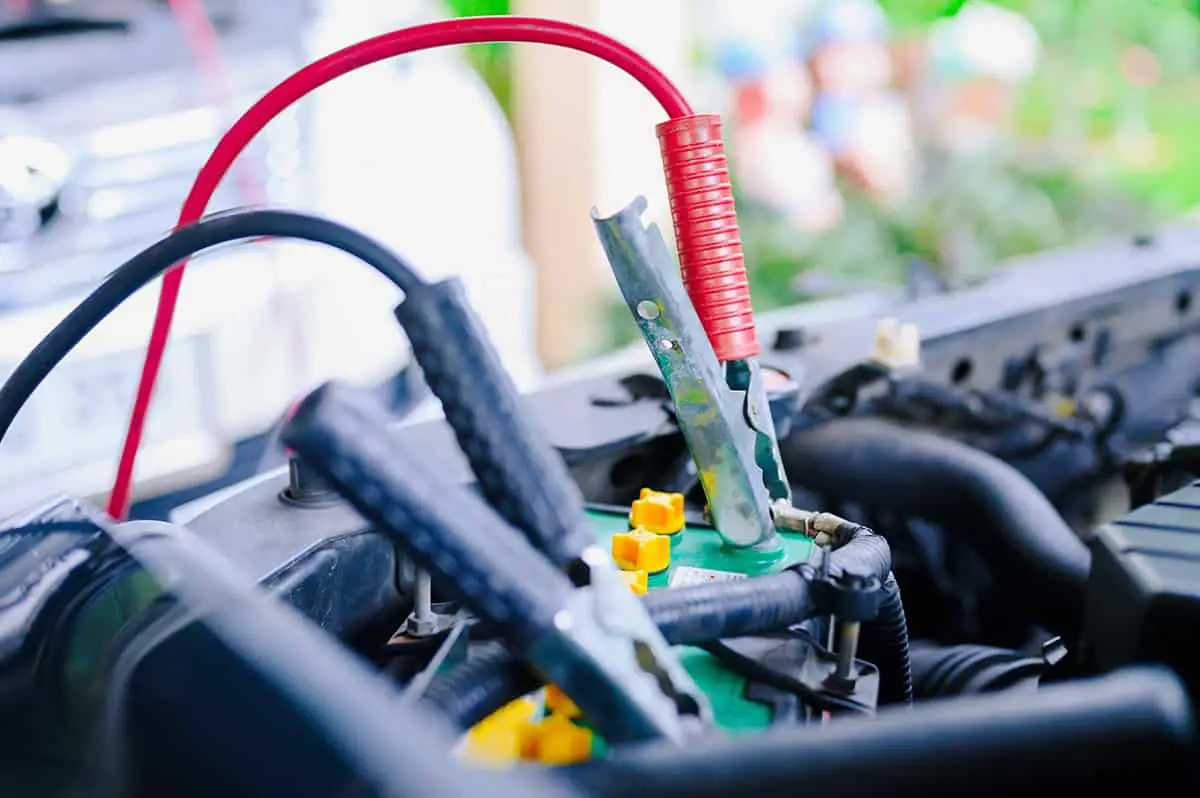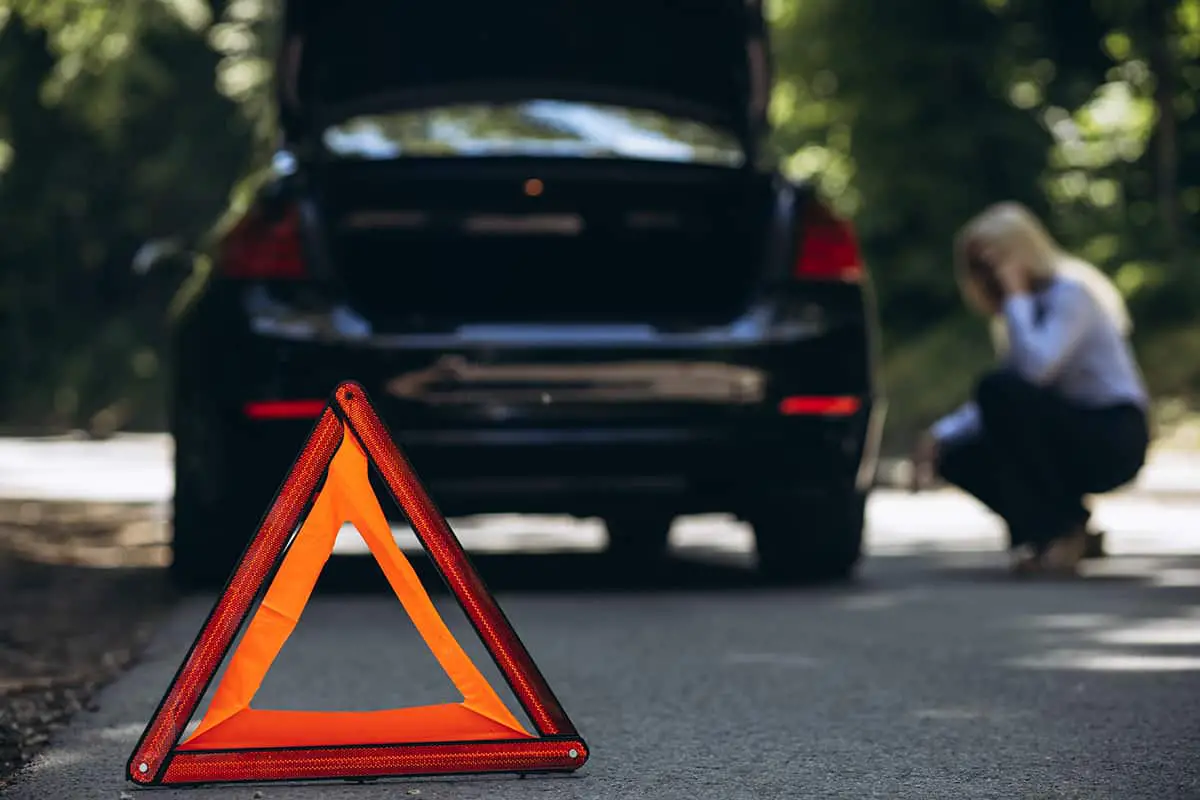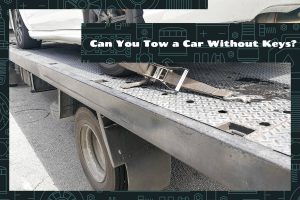Any Outback owner will swear by their vehicle, but that doesn’t mean it won’t come across the occasional problem. One issue that can be particularly frustrating is when your Outback won’t start. This can be a sign of a serious issue, or it could be something relatively minor.
The possible causes for why your Subaru Outback won’t start are as follows:
- Dead battery
- Faulty starter motor
- Fuel system problems
- Ignition system problems
- Failing alternator
- Security system problems
In this guide, I’m going to explain these causes in more detail, how to diagnose them, and what you can do (if anything) to resolve the problem on your own.
Subaru Outback Won’t Start – Causes & Fixes
1. Dead battery
A dead car battery is a battery that is no longer able to hold a charge and is unable to start the vehicle. This can happen for a variety of reasons, including old age, excessive discharging, and damage to the battery. If a car battery is dead, the vehicle will not start, and the battery will need to be replaced in order to get the car running again.
Diagnosing
- Check the battery’s state of charge by using a voltmeter or a battery tester to determine the battery’s voltage. If the voltage is below 12.4 volts, the battery is likely dead.
- Check the battery’s condition for visible damage or leaking.
- Check the battery for loose or frayed cables, loose connections, or corrosion.
- Check the alternator by inspecting the dashboard warning lights.
Fixes
- Recharge the battery. Most chargers will have a positive and negative cable, which should be attached to the corresponding terminals on the battery. Once the charger is connected, turn it on and let it run until the battery is fully charged.
- Replace the battery. Disconnect the negative and positive terminals in that order to remove the car battery. Install the replacement battery and connect the positive and negative terminals in that order. Let it rest for 5 to 10 minutes before turning on the vehicle.
2. Faulty starter motor
A starter motor is a small electric motor that is used to start the engine of a vehicle. If the starter motor is faulty, it will be unable to crank the engine, which will prevent the vehicle from starting.
Diagnosing
- Listen for clicking, ticking, or grinding noises when starting your Outback.
- Check the starter motor, which is located in front of the engine, for loose connections.
- Check the solenoid for damage with a multimeter set on resistance. It should read 0 or close to it.
- Test the starter motor for continuity with a multimeter. It should read 0 or close to it.
Fixes
- Clean and tighten the connections. If the starter motor’s connections are loose or corroded, cleaning and tightening them may resolve the issue.
- Replace the starter motor’s solenoid. If the solenoid is faulty, replacing it may fix the problem.
- Replace the starter motor. If the starter motor itself is faulty, it will need to be replaced.
3 Fuel system problems
Fuel system problems can prevent a vehicle from starting or cause it to run poorly. If a fuel system problem is causing starting or performance issues, it will need to be diagnosed and repaired in order to restore the proper operation of the vehicle.
Diagnosing
- Check the fuel pump, fuel filter, and fuel lines for damage and connections.
- Check for fuel leaks underneath and around your vehicle.
- Check the fuel pressure with a pressure gauge.
- Check the fuel pump’s electrical connections.
- Check the fuel pump’s output.
Fixes
- Replace the fuel filter. This will need to be replaced if its clogged or has visible damage on it.
- Replace the fuel lines. If you notice puddles of fuel accumulating underneath or around your car, you will need to replace the fuel lines.
- Replace the fuel pump. A faulty fuel pump is most likely unfixable and must be replaced.
- Replace or replace the fuel pressure regulator. This is responsible for maintaining proper fuel pressure. If the pressure reading is abnormal, you need to clean or replace the pressure regulator.
- Clean or replace the fuel injectors. These things spray fuel into the engine’s combustion chamber. Consult the owner’s manual on how to clean the fuel injectors or replace them entirely.
4. Ignition system problems
Ignition system problems can prevent a vehicle from starting or cause it to run poorly. There are several components tied to this system that you may need to inspect individually.
Diagnosing
- Remove the spark plugs and inspect them for wear, damage, and fouling.
- Inspect the ignition coils for visible damage, such as cracks or burns. You can also test them with a multimeter for continuity.
- Inspect the ignition control module with a multimeter and test for input and output circuits.
- Check the system’s wiring for frayed or melted cables.
- Check the crankshaft position sensor (in front of the engine) for loose connections and output with a multimeter.
Fixes
- Replace the faulty components. This can include the spark plug, ignition coils, or the entire control module.
- Fix or replace the wires. You can tighten loose wires, but stripped, melted, or frayed wires need to be replaced completely.
- Replace the crankshaft position sensor. If the multimeter doesn’t register a reading, or if the readings are erratically inconsistent, you need to replace the sensor.
5. Failing alternator

The alternator is a key component of the electrical system, and it is responsible for generating electricity to power the vehicle’s electrical systems and recharge the battery. If the alternator is failing, it may not be able to generate enough electricity to meet the vehicle’s needs.
Diagnosing
- Check the battery to make sure it’s in working order.
- Inspect the alternator’s belt for wear, tear, and tension.
- Check for loose connections.
- Check the alternator’s output with a multimeter.
Fixes
- Tighten or replace the alternator belt. A loose belt can lead to starting problems, but you can usually fix this by tensioning the belt by opening the alternator and tightening the mounting bolts. If the belt shows signs of visible wear, it may need to be replaced.
- Remove any corrosion in and around the alternator. You may need to use commercial cleaning products and a stiff-bristle brush to do this.
- Replace the alternator. A replacement alternator can be costly, so double-check with a mechanic to pinpoint the underlying problem for why your Outback isn’t starting before purchasing a new alternator.
6. Security system problems
The security system is designed to prevent unauthorized access to the vehicle, and if there is a problem with the system, it can prevent the vehicle from starting or cause it to run poorly.
Diagnosing
- Check the sensors to make sure they’re all working properly.
- Use a multimeter to check the security system’s control module for input and output circuits.
- Check the key fob for damage and ensure that it still has battery power.
Fixes
- Fix any loose connections. Tighten any connections and, using a multimeter, make sure that the sensors are functioning properly.
- Install a new battery in the key fob or replace the key fob. You will need to purchase a CR2032 or CR2025 button cell. Carefully open the key fob by removing the emergency key, pulling out the dead battery, and installing the new button cell. If you need to replace the key fob, take it to a Subaru dealership or a mechanic who can program a new key for you.
- Replace the system’s sensors or control module. This can be a lengthy and costly solution, so get a second opinion from a professional mechanic to ensure that the security system is indeed at fault.
Can You Start a Subaru Outback with a Dead Key Fob?
Yes, you can, even if your Outback has a button starter. Of course, this is assuming that everything else in your Outback is in working order.
- Release the emergency key from the fob by depressing the square silver button on the back.
- Use the emergency key to unlock the car door.
- Insert the key into the ignition keyhole and turn.
Can You Jumpstart a Subaru Outback?

The only possible way you can successfully jumpstart your Subaru Outback is if its battery is dying or dead. If there are any other problems with your vehicle, such as ignition system errors or a failing alternator, jumpstarting it won’t do you any good.
Here’s how you jumpstart a Subaru Outback;
- Get a friend to bring their car over to your place.
- Park your Outback and their car face to face.
- Open the hoods of both your vehicles to expose the battery.
- The first red cable clamp (1) goes on the dead battery’s “+” terminal.
- The second red cable clamp (2) goes on the donor’s battery’s “+” terminal.
- The first black cable clamp (3) goes on the donor’s battery’s “-“ terminal.
- The second black cable clamp (4) goes on bare metal on Subaru Outback with a dead battery (look for a part of exposed metal away from the battery).
- Start the donor car.
- Start the dead Subaru Outback.
- Once the Outback has turned on, disconnect the cable clamps in reverse order—(4), (3), (2), (1).







